-
 bitcoin
bitcoin $122025.899241 USD
-2.12% -
 ethereum
ethereum $4488.068729 USD
-4.11% -
 bnb
bnb $1315.348019 USD
8.65% -
 tether
tether $1.000457 USD
0.03% -
 xrp
xrp $2.875326 USD
-3.69% -
 solana
solana $222.043604 USD
-4.07% -
 usd-coin
usd-coin $0.999682 USD
0.00% -
 dogecoin
dogecoin $0.249887 USD
-5.62% -
 tron
tron $0.337379 USD
-2.59% -
 cardano
cardano $0.827763 USD
-5.06% -
 hyperliquid
hyperliquid $45.774531 USD
-2.43% -
 chainlink
chainlink $22.079309 USD
-5.87% -
 ethena-usde
ethena-usde $1.000156 USD
0.02% -
 sui
sui $3.482566 USD
-3.57% -
 stellar
stellar $0.386982 USD
-4.92%
How to query transactions on a blockchain
Blockchain transaction queries rely on public tools like block explorers or APIs, allowing users to track transfers, check confirmations, and analyze on-chain data securely and transparently.
Sep 28, 2025 at 09:54 am
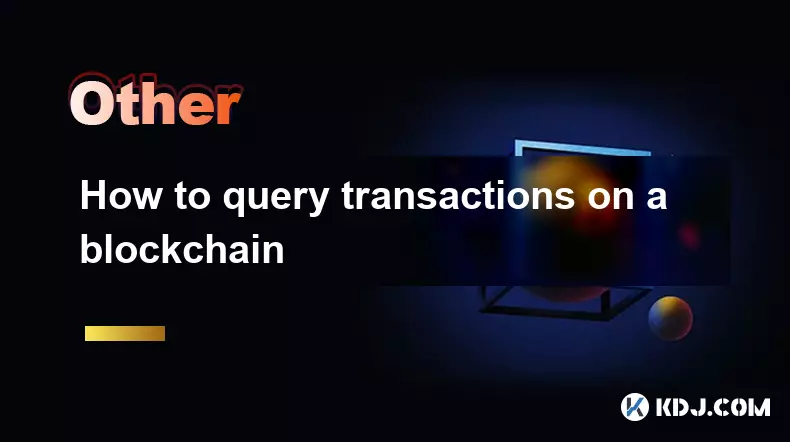
Understanding Blockchain Transaction Queries
1. Every blockchain operates as a decentralized ledger, recording transactions in blocks that are cryptographically linked. To query a transaction, users typically rely on tools known as block explorers. These platforms allow individuals to search for specific transaction details using identifiers such as transaction hashes, wallet addresses, or block numbers.
2. Different blockchains have their own dedicated explorers. For example, Bitcoin users often use Blockchain.com or Blockstream.info, while Ethereum transactions can be viewed through Etherscan.io. Each explorer provides a search bar where users input the relevant data to retrieve transaction records.
3. A transaction hash (also called TXID) is a unique string generated when a transaction is broadcasted to the network. By entering this hash into a block explorer, users can view critical information including sender and receiver addresses, the amount transferred, network fees, confirmation status, and the timestamp of inclusion in a block.
4. Wallet addresses can also be used to query all transactions associated with that address. This allows users to track incoming and outgoing transfers over time. The explorer will display a chronological list of transactions, showing balances before and after each movement.
5. Some advanced users interact directly with blockchain nodes via command-line interfaces or APIs. For instance, Bitcoin Core offers RPC commands like gettransaction and getrawtransaction, enabling precise queries without relying on third-party websites.
Using APIs to Retrieve Transaction Data
1. Developers integrating blockchain data into applications frequently use public APIs provided by block explorer services. Etherscan, for example, offers an extensive API that allows programmatic access to Ethereum transaction history, smart contract interactions, and token transfers.
2. To use such APIs, one must first obtain an API key from the service provider. Once acquired, HTTP requests can be sent to specific endpoints with parameters like address, transaction hash, or block range. The response is usually delivered in JSON format, making it easy to parse and utilize within software systems.
3. Popular API endpoints include those for getting the latest block number, checking account balance, retrieving internal transactions, and monitoring pending transactions. These tools empower developers to build dashboards, auditing tools, or real-time alert systems based on on-chain activity.
4. Some blockchain networks support WebSocket connections for live transaction feeds. This enables applications to listen for new transactions involving specific addresses instantly, rather than polling at intervals. This method enhances efficiency and responsiveness in tracking dynamic blockchain events.
5. When working with APIs, rate limits and data accuracy must be considered. Free-tier access often comes with restrictions on request frequency. For high-volume operations, premium plans or self-hosted node solutions may be necessary to ensure reliable data retrieval.
Analyzing On-Chain Transaction Details
1. Once a transaction is located, its details reveal much more than just value transfer. Inputs and outputs show how funds were aggregated and distributed. In Bitcoin, multiple inputs might indicate coin consolidation, while numerous outputs could suggest exchange withdrawals or payment batching.
2. Confirmation count indicates how many blocks have been mined since the transaction was included. Higher confirmations mean greater security against reversal, especially important in high-value trades or exchange deposits.
3. Transaction fees are visible in most explorers, displayed in native units per byte or gas price. Monitoring fee levels helps users understand network congestion and optimize future transaction costs by adjusting fee rates accordingly.
4. Smart contract interactions on chains like Ethereum include additional layers of data. Users can inspect function calls, event logs, and token movements triggered by the transaction. This transparency supports auditability and verification of decentralized application behavior.
5. Reversing mistaken transactions is impossible on most blockchains. Therefore, verifying recipient addresses and amounts before submission is crucial. Explorers help identify errors post-facto but cannot undo them, emphasizing the importance of caution during transaction initiation.
Frequently Asked Questions
How do I find a lost transaction using only a wallet address?Enter the wallet address into a blockchain explorer compatible with the network used. The explorer will list all transactions linked to that address. Look for entries matching the approximate time and amount of the missing transaction.
Can I see pending transactions before they are confirmed?Yes, most block explorers feature a 'mempool' section showing unconfirmed transactions. These are broadcasts awaiting miner or validator inclusion in a block. Their visibility confirms successful network propagation even before confirmation.
Are private keys required to query transaction history?No. Transaction data is public and accessible without authentication. Private keys are only needed to sign and initiate new transactions, not to view existing ones on the blockchain.
Why does a transaction remain unconfirmed for hours?Low transaction fees often cause delays. Miners prioritize higher-paying transactions. During network congestion, low-fee transfers may linger in the mempool until conditions improve or the transaction is dropped.
Disclaimer:info@kdj.com
The information provided is not trading advice. kdj.com does not assume any responsibility for any investments made based on the information provided in this article. Cryptocurrencies are highly volatile and it is highly recommended that you invest with caution after thorough research!
If you believe that the content used on this website infringes your copyright, please contact us immediately (info@kdj.com) and we will delete it promptly.
- BlockDAG, DOGE, HYPE Sponsorship: Crypto Trends Shaping 2025
- 2025-10-01 00:25:13
- Deutsche Börse and Circle: A StableCoin Adoption Powerhouse in Europe
- 2025-10-01 00:25:13
- BlockDAG's Presale Buzz: Is It the Crypto to Watch in October 2025?
- 2025-10-01 00:30:13
- Bitcoin, Crypto, and IQ: When Genius Meets Digital Gold?
- 2025-10-01 00:30:13
- Stablecoins, American Innovation, and Wallet Tokens: The Next Frontier
- 2025-10-01 00:35:12
- NBU, Coins, and Crypto in Ukraine: A New Yorker's Take
- 2025-10-01 00:45:14
Related knowledge
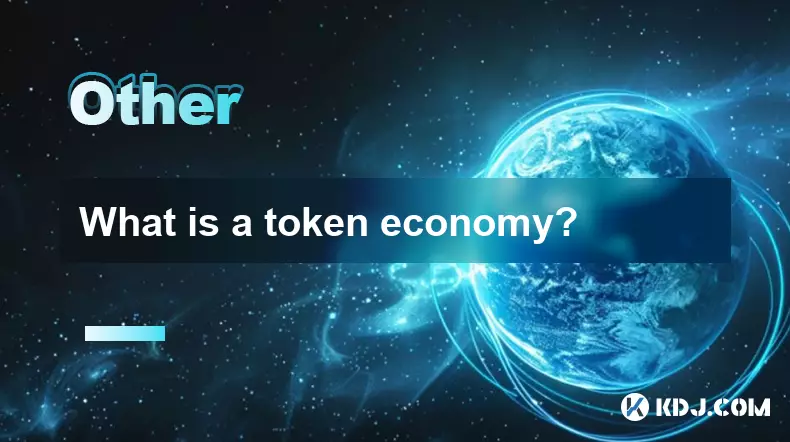
What is a token economy?
Sep 20,2025 at 12:18am
Understanding the Foundations of a Token Economy1. A token economy in the context of cryptocurrency refers to a system where digital tokens are used a...
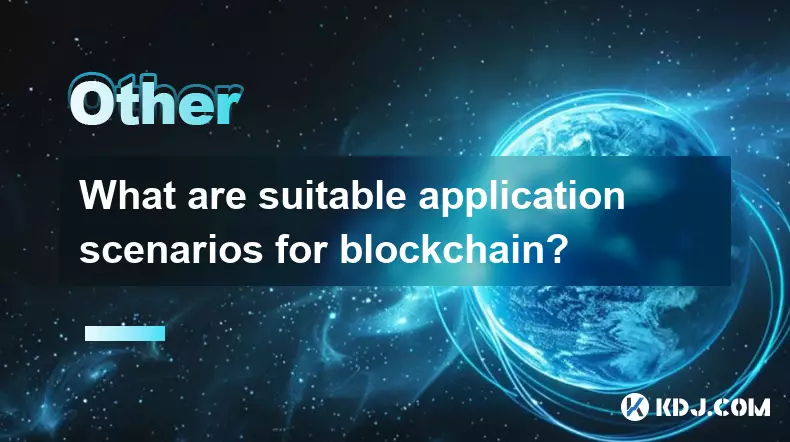
What are suitable application scenarios for blockchain?
Sep 20,2025 at 03:19am
Decentralized Finance (DeFi) Platforms1. Blockchain enables the creation of financial services without centralized intermediaries, allowing users to l...
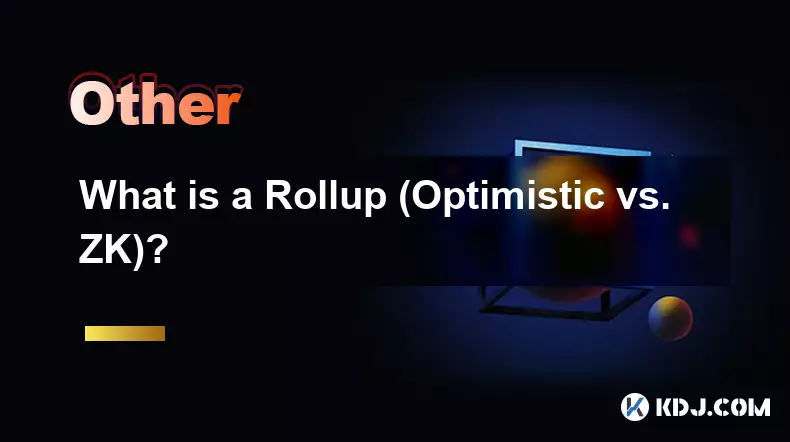
What is a Rollup (Optimistic vs. ZK)?
Sep 22,2025 at 03:00pm
Understanding Rollups in Blockchain Technology1. Rollups are layer-2 scaling solutions designed to increase transaction throughput on blockchains like...
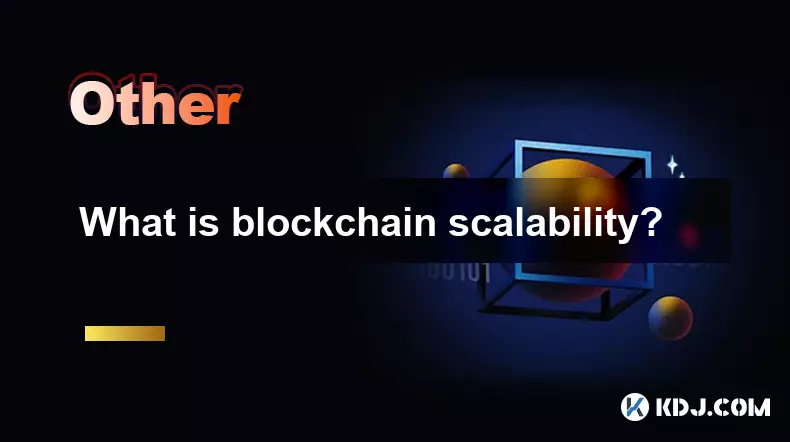
What is blockchain scalability?
Sep 19,2025 at 06:18am
Understanding Blockchain Scalability1. Blockchain scalability refers to a network's ability to handle an increasing number of transactions without com...
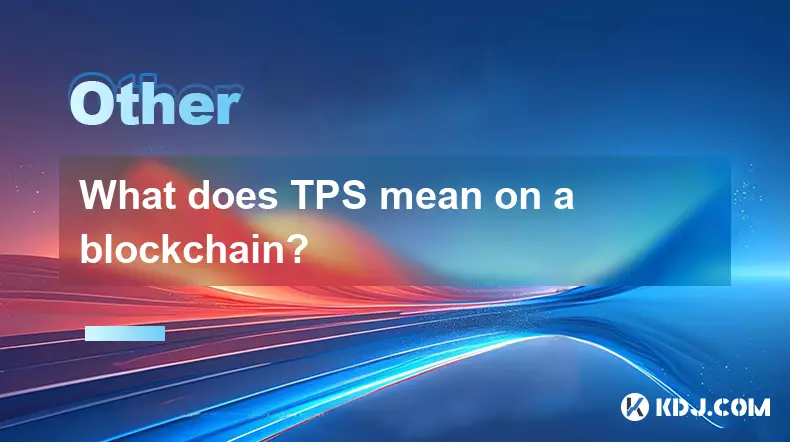
What does TPS mean on a blockchain?
Sep 21,2025 at 09:54am
Understanding TPS in Blockchain Technology1. TPS stands for Transactions Per Second, a metric used to measure the number of transactions a blockchain ...
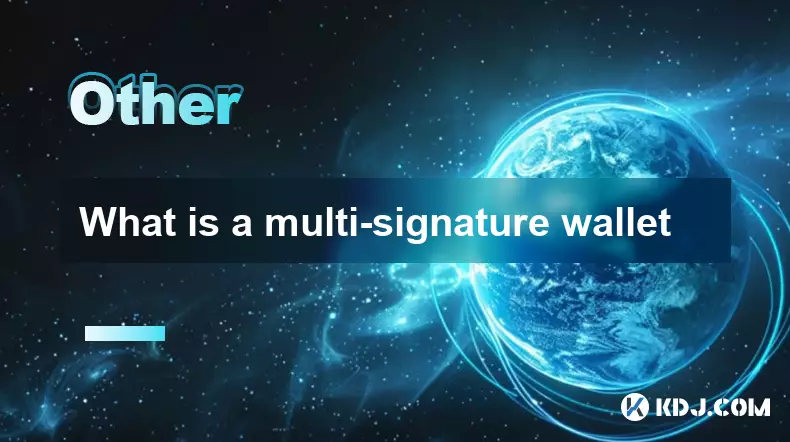
What is a multi-signature wallet
Sep 20,2025 at 07:00am
Understanding Multi-Signature Wallets in Cryptocurrency1. A multi-signature wallet, often referred to as a multisig wallet, is a type of cryptocurrenc...

What is a token economy?
Sep 20,2025 at 12:18am
Understanding the Foundations of a Token Economy1. A token economy in the context of cryptocurrency refers to a system where digital tokens are used a...

What are suitable application scenarios for blockchain?
Sep 20,2025 at 03:19am
Decentralized Finance (DeFi) Platforms1. Blockchain enables the creation of financial services without centralized intermediaries, allowing users to l...

What is a Rollup (Optimistic vs. ZK)?
Sep 22,2025 at 03:00pm
Understanding Rollups in Blockchain Technology1. Rollups are layer-2 scaling solutions designed to increase transaction throughput on blockchains like...

What is blockchain scalability?
Sep 19,2025 at 06:18am
Understanding Blockchain Scalability1. Blockchain scalability refers to a network's ability to handle an increasing number of transactions without com...

What does TPS mean on a blockchain?
Sep 21,2025 at 09:54am
Understanding TPS in Blockchain Technology1. TPS stands for Transactions Per Second, a metric used to measure the number of transactions a blockchain ...

What is a multi-signature wallet
Sep 20,2025 at 07:00am
Understanding Multi-Signature Wallets in Cryptocurrency1. A multi-signature wallet, often referred to as a multisig wallet, is a type of cryptocurrenc...
See all articles










































































